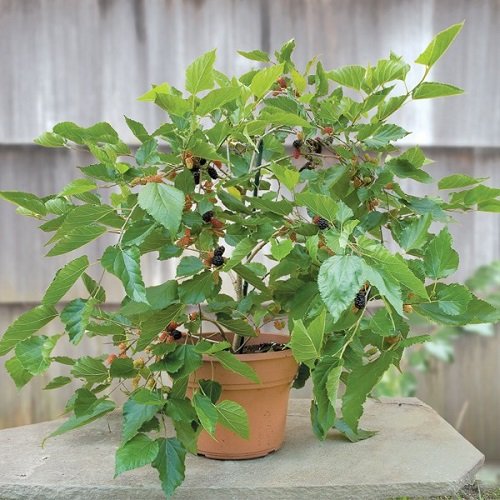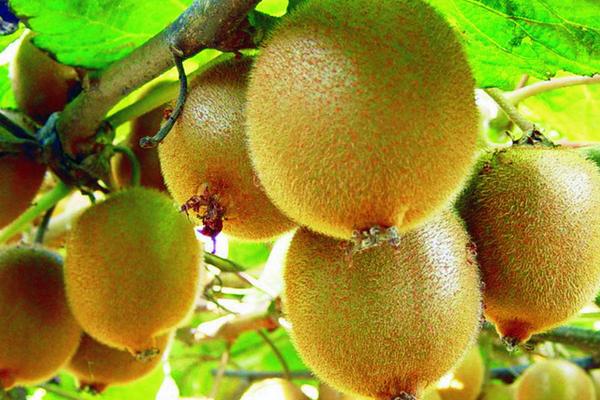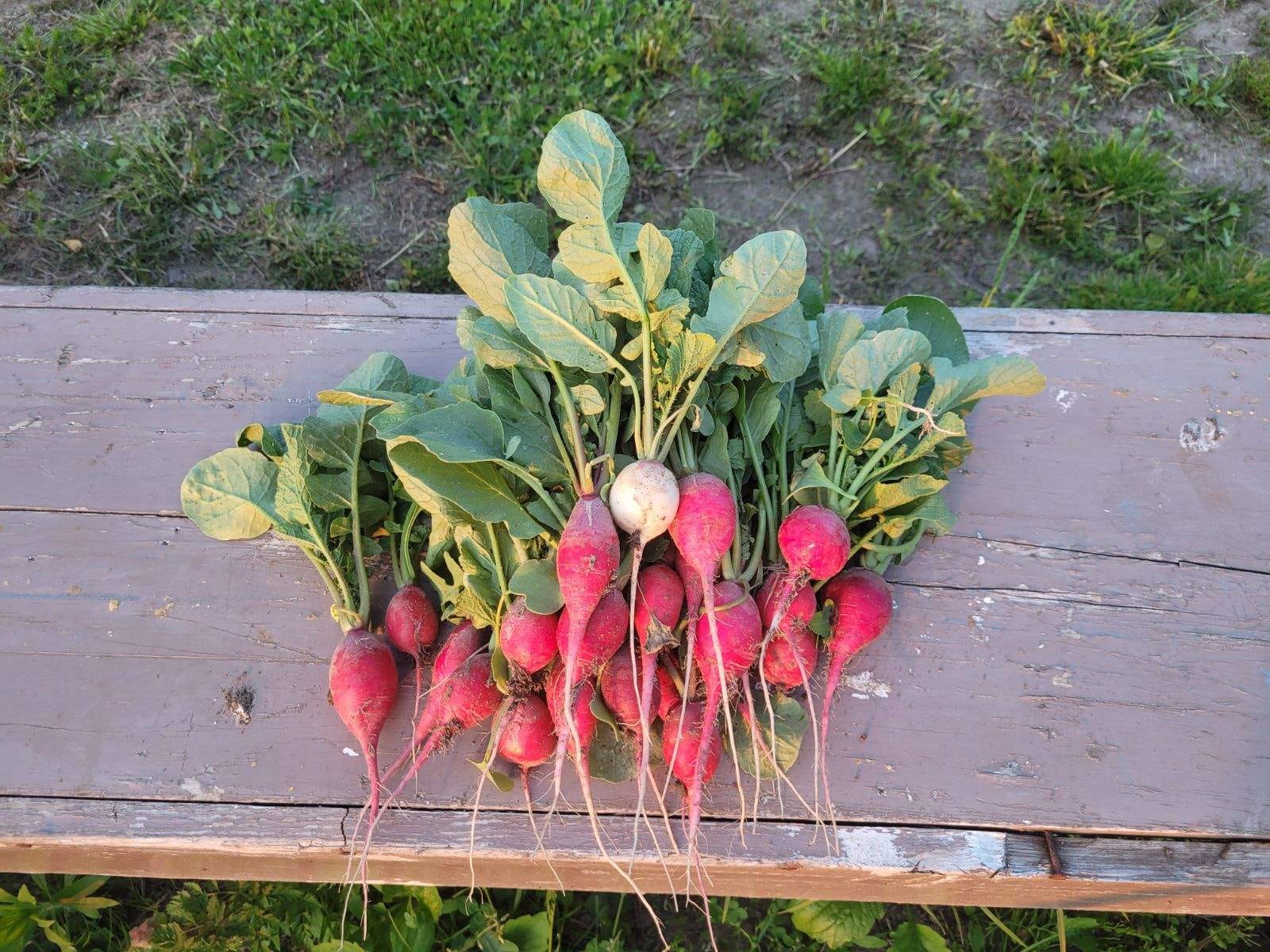Why Grow Fruits in Shade?
Growing fruits in shaded areas can be a highly rewarding experience, offering numerous benefits for gardeners and fruit enthusiasts alike. One of the primary advantages of cultivating fruits in shade is the reduced water consumption required to maintain healthy plants. This is particularly significant in regions where water scarcity is a concern, as shaded fruit gardens can thrive with minimal irrigation. Additionally, shade can provide natural protection against pests and diseases, reducing the need for pesticides and other chemicals. Furthermore, the unique microclimate created by shaded conditions can enhance the flavor profiles of certain fruit varieties, resulting in more complex and nuanced tastes.
Shade can be beneficial for certain fruit varieties, such as those that are sensitive to intense sunlight or heat stress. For example, fruits like blueberries and currants, which are typically grown in cooler climates, can thrive in shaded conditions. The shade provides a more stable and consistent environment, allowing these fruits to ripen slowly and develop their characteristic flavors. By growing fruits in shade, gardeners can create a more diverse and resilient fruit garden, with a wider range of varieties and flavors to enjoy.
Incorporating shade-tolerant fruit varieties into your garden can also help to reduce maintenance and increase overall productivity. By selecting fruits that are well-suited to shaded conditions, gardeners can minimize the need for pruning, training, and other labor-intensive tasks. This can be especially beneficial for gardeners with limited time or resources, as shaded fruit gardens can be relatively low-maintenance and easy to care for.
Overall, growing fruits in shaded areas offers a unique set of benefits and opportunities for gardeners and fruit enthusiasts. By understanding the advantages of shade and selecting the right fruit varieties, gardeners can create a thriving and productive fruit garden that provides fresh, delicious produce for years to come.
How to Choose the Right Shade-Tolerant Fruit Varieties
When selecting fruit varieties to grow in shaded conditions, it’s essential to consider several key factors to ensure optimal growth and productivity. Climate, soil type, and sunlight requirements are critical considerations when choosing shade-tolerant fruit varieties. For example, fruits like blueberries and currants require cooler temperatures and consistent moisture, making them ideal for shaded areas with rich, acidic soils.
Another crucial factor to consider is the amount of sunlight the fruit variety requires. While some fruits can tolerate full shade, others may require partial shade or dappled sunlight. Understanding the specific sunlight requirements of each fruit variety will help you choose the right ones for your shaded garden. For instance, gooseberries and elderberries can thrive in partial shade, while strawberries and raspberries require more sunlight.
Popular shade-tolerant fruit varieties include blueberries, currants, gooseberries, elderberries, and strawberries. These fruits are well-suited for shaded conditions and can provide a bountiful harvest with proper care. When selecting fruit varieties, look for characteristics such as compact growth habits, disease resistance, and adaptability to shaded conditions.
In addition to considering the specific needs of each fruit variety, it’s also essential to think about the overall design of your shaded garden. Companion planting, where different fruits are grown together to enhance growth and productivity, can be an effective strategy for creating a thriving shaded garden. For example, planting nitrogen-fixing fruits like currants and gooseberries alongside other fruits can improve soil fertility and promote healthy growth.
By carefully selecting the right shade-tolerant fruit varieties and considering the specific needs of each plant, you can create a productive and thriving shaded garden that provides fresh, delicious fruits for years to come.
Top 5 Fruits That Grow Exceptionally Well in Shade
While many fruits can tolerate some shade, there are several varieties that truly thrive in low-light conditions. Here are the top 5 fruits that grow exceptionally well in shade, along with their unique characteristics, growth habits, and tips for optimal care.
1. Blueberries (Vaccinium corymbosum) – These small, round fruits are a staple of shaded gardens. They require consistent moisture and acidic soils, but produce delicious, antioxidant-rich berries in mid to late summer. For optimal growth, provide blueberries with partial shade and well-draining soils.
2. Currants (Ribes spp.) – Currants are a versatile fruit that can thrive in a range of shaded conditions. They come in several varieties, including black, red, and white, and produce small, round fruits in mid to late summer. Currants prefer well-draining soils and partial shade, making them an excellent choice for woodland gardens.
3. Gooseberries (Ribes uva-crispa) – Gooseberries are another excellent choice for shaded gardens. They produce small, green or red fruits in mid to late summer, and prefer well-draining soils and partial shade. Gooseberries are relatively low-maintenance, but may require occasional pruning to promote healthy growth.
4. Elderberries (Sambucus spp.) – Elderberries are a lesser-known fruit that thrive in shaded conditions. They produce small, round fruits in late summer, and prefer well-draining soils and partial shade. Elderberries are relatively low-maintenance, but may require occasional pruning to promote healthy growth.
5. Strawberries (Fragaria x ananassa) – While strawberries typically require full sun, there are several varieties that can tolerate partial shade. These fruits produce small, sweet berries in mid to late summer, and prefer well-draining soils and consistent moisture. For optimal growth, provide strawberries with partial shade and well-draining soils.
By incorporating these top 5 fruits into your shaded garden, you can enjoy a bountiful harvest of delicious, nutritious fruits. Remember to provide each fruit variety with the optimal growing conditions, including soil type, sunlight, and moisture, to ensure healthy growth and productivity.
Creating a Shade-Friendly Fruit Garden: Tips and Tricks
Designing a shade-friendly fruit garden requires careful consideration of several factors, including soil preparation, pruning techniques, and companion planting strategies. By following these tips and tricks, you can create a thriving and productive fruit garden in even the shadiest of conditions.
Soil preparation is critical when creating a shade-friendly fruit garden. Most fruit varieties prefer well-draining soils that are rich in organic matter. To achieve this, add a 2-inch layer of compost or well-rotted manure to the soil before planting. This will help to improve soil structure and fertility, ensuring healthy growth and productivity.
Pruning is another essential technique for maintaining a healthy and productive shade-friendly fruit garden. Prune fruit trees and bushes regularly to promote healthy growth, encourage fruiting, and remove any dead or diseased wood. Prune in late winter or early spring, before new growth begins, to minimize the risk of disease and pest issues.
Companion planting is a valuable strategy for creating a shade-friendly fruit garden. By planting different fruit varieties together, you can create a diverse and resilient ecosystem that is better equipped to withstand pests and diseases. For example, planting nitrogen-fixing fruits like currants and gooseberries alongside other fruits can improve soil fertility and promote healthy growth.
When selecting fruit varieties for your shade-friendly fruit garden, consider the mature size of the plants and leave enough space for proper growth and air circulation. This will help to prevent disease and pest issues, and ensure healthy growth and productivity.
In addition to these tips and tricks, consider using shade-friendly fruit garden designs, such as a woodland garden or a shade garden with a mix of fruit trees and bushes. These designs can help to create a diverse and resilient ecosystem that is well-suited to shaded conditions.
By following these tips and tricks, you can create a thriving and productive shade-friendly fruit garden that provides fresh, delicious fruits for years to come.
Maximizing Fruit Production in Shaded Areas
While shaded areas can present challenges for fruit production, there are several strategies that can help to maximize yields and optimize growth. One effective way to increase fruit production in shaded areas is to use trellises, espaliers, or other support systems to maximize space and sunlight exposure.
Trellises and espaliers are particularly useful for training fruit trees and bushes to grow upwards, making the most of available sunlight and space. These support systems can be used for a variety of fruit varieties, including kiwis, grapes, and berries. By training the plants to grow upwards, you can increase exposure to sunlight and promote healthy growth and fruiting.
Another way to maximize fruit production in shaded areas is to use container-grown fruits. Container-grown fruits can be moved to different locations to maximize sunlight exposure, and can be used to grow a variety of fruit varieties, including strawberries, blueberries, and citrus trees. This can be particularly useful for small, shaded spaces where traditional fruit trees and bushes may not thrive.
In addition to using trellises, espaliers, and container-grown fruits, there are several other strategies that can help to maximize fruit production in shaded areas. These include using reflective mulches to reflect sunlight onto the plants, pruning plants to promote healthy growth and fruiting, and using fertilizers and other nutrients to promote healthy growth and development.
By using these strategies, you can maximize fruit production in shaded areas and enjoy a bountiful harvest of fresh, delicious fruits. Whether you have a small, shaded space or a larger area with partial shade, there are many ways to optimize fruit production and make the most of available sunlight and space.
Some popular fruit varieties that can thrive in shaded areas with the use of trellises, espaliers, and container-grown fruits include kiwis, grapes, strawberries, blueberries, and citrus trees. These fruit varieties can be trained to grow upwards, making the most of available sunlight and space, and can produce high yields of fresh, delicious fruits.
Common Challenges and Solutions for Growing Fruits in Shade
Growing fruits in shaded conditions can present several challenges, including reduced pollination, increased disease susceptibility, and pest issues. However, with the right strategies and techniques, these challenges can be overcome, and a thriving and productive fruit garden can be achieved.
One common challenge faced when growing fruits in shaded conditions is reduced pollination. This can be due to the lack of sunlight, which can affect the activity of pollinators such as bees and butterflies. To overcome this challenge, consider using self-pollinating fruit varieties, such as blueberries and currants, which do not require cross-pollination to produce fruit.
Another challenge faced when growing fruits in shaded conditions is increased disease susceptibility. This can be due to the high humidity and low light levels, which can create an ideal environment for diseases to develop. To overcome this challenge, consider using disease-resistant fruit varieties, such as gooseberries and elderberries, which are less susceptible to diseases.
Pest issues are also a common challenge faced when growing fruits in shaded conditions. This can be due to the lack of sunlight, which can affect the activity of beneficial insects that prey on pests. To overcome this challenge, consider using integrated pest management (IPM) techniques, such as introducing beneficial insects, using physical barriers, and practicing good garden hygiene.
In addition to these challenges, growing fruits in shaded conditions can also present other challenges, such as reduced fruit quality and yield. However, with the right strategies and techniques, these challenges can be overcome, and a thriving and productive fruit garden can be achieved.
Some popular fruit varieties that are well-suited for shaded conditions and can help to overcome these challenges include blueberries, currants, gooseberries, and elderberries. These fruit varieties are less susceptible to diseases and pests, and can thrive in shaded conditions with the right care and management.
Shade-Tolerant Fruit Varieties for Small Spaces
Even in small, shaded spaces, it’s possible to grow a variety of delicious and nutritious fruits. Dwarf citrus trees, compact berry bushes, and container-grown fruits are just a few examples of shade-tolerant fruit varieties that can thrive in small spaces.
Dwarf citrus trees, such as dwarf Washington navel oranges and dwarf Meyer lemons, are perfect for small, shaded spaces. They are compact, produce fruit year-round, and can tolerate partial shade. Compact berry bushes, such as compact blueberries and compact raspberries, are also well-suited for small spaces. They are easy to care for, produce fruit in the summer, and can tolerate partial shade.
Container-grown fruits, such as strawberries and grapes, are another great option for small, shaded spaces. They are easy to care for, produce fruit year-round, and can tolerate partial shade. Container-grown fruits are also a great option for small spaces because they can be moved to different locations to maximize sunlight exposure.
When growing fruits in small, shaded spaces, it’s essential to choose varieties that are compact, produce fruit year-round, and can tolerate partial shade. It’s also crucial to provide the right care and maintenance, including regular watering, fertilization, and pruning.
Some popular shade-tolerant fruit varieties for small spaces include dwarf citrus trees, compact berry bushes, and container-grown fruits. These fruit varieties are perfect for small, shaded spaces and can provide a bountiful harvest of fresh, delicious fruits.
In addition to these fruit varieties, there are several other options that can thrive in small, shaded spaces. These include figs, pomegranates, and persimmons. These fruit varieties are compact, produce fruit year-round, and can tolerate partial shade.
Conclusion: Enjoying the Fruits of Your Labor in the Shade
Growing fruits in shaded conditions can be a rewarding and delicious experience. By choosing the right shade-tolerant fruit varieties, designing a shade-friendly fruit garden, and optimizing fruit production, you can enjoy a bountiful harvest of fresh, delicious fruits.
Whether you have a small, shaded space or a larger area with partial shade, there are many options for growing fruits in shaded conditions. From dwarf citrus trees to compact berry bushes, there are a variety of fruit varieties that can thrive in shaded conditions.
In addition to the benefits of growing fruits in shaded conditions, such as reduced water consumption and increased pest resistance, there are also many rewards to enjoying the fruits of your labor in the shade. Imagine biting into a juicy, sweet strawberry or savoring the tangy flavor of a freshly picked gooseberry, all while enjoying the peaceful atmosphere of your shaded garden.
So why not give growing fruits in shaded conditions a try? With the right knowledge and techniques, you can create a thriving and productive fruit garden that provides fresh, delicious fruits for years to come.
Remember to choose the right shade-tolerant fruit varieties, design a shade-friendly fruit garden, and optimize fruit production to ensure a bountiful harvest. And don’t forget to enjoy the fruits of your labor in the shade!






